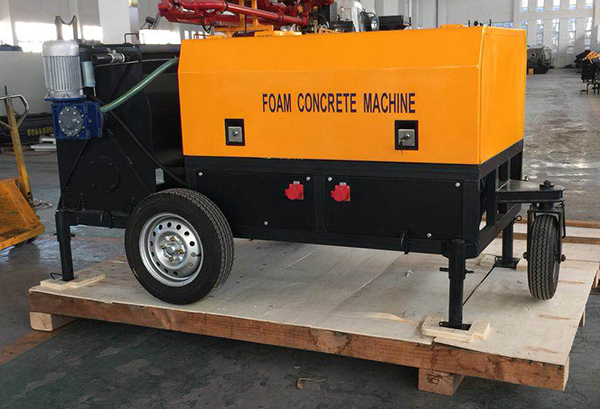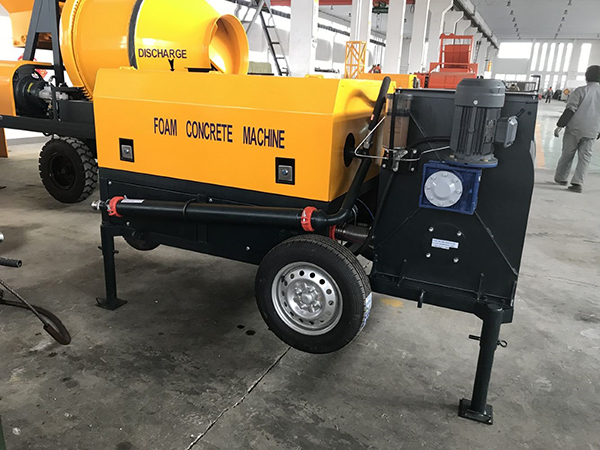Method for detecting the quality of cast-in-place foam concrete
After the completion of the roof insulation foam concrete process, how to quickly detect the quality of the cast-in-place foam concrete insulation process?
1. If the test foam concrete block floats in the water, it will not melt or sink, indicating that the foam concrete is completely hard and the pores are completely closed. The closed foam concrete air does not generate convection in the body, reducing the conduction, radiation and diffusion of temperature, and the heat energy is gradually weakened in the pores to achieve the heat preservation effect. Moreover, the water absorption rate is as low as 15%, and the physical properties of heat preservation, water resistance and compression resistance are good.

2. If the test foam concrete block sinks slowly, the water absorption rate reaches 30%, which exceeds the specific gravity of the water, indicating that the foam concrete pores are semi-open, and some of the pores are connected from the outside to the inside, and the air generates convection in the body. The holding time is shortened as the opening ratio increases, and the water storage increases to about 50% as the opening ratio increases. Physical properties such as heat insulation, sound insulation, water resistance and compression resistance will be greatly reduced.

3. The bubble-mixed test lightweight foam concrete block quickly sinks into the water. The water absorption rate exceeds 30%, which exceeds the specific gravity of water, indicating that the pores in the cast-in-place foamed lightweight concrete material are completely opened, forming a passage from the surface to the inside, the air is convective in the passage, and the temperature at which air passes through the water-conducting material in convection. As the porosity increases, the radiation, diffusion and water storage rates will increase to more than 50%. This material loses the performance requirements of insulation.
In addition, the porosity and size of the foam concrete test block can be further determined by externally weighing the instrument and measuring the compression strength.
